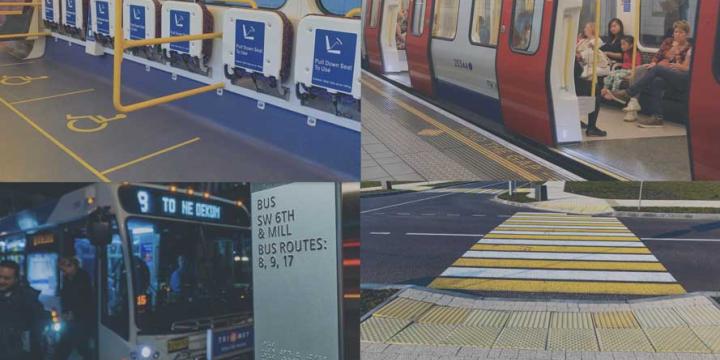Course Info
10 video lessons (72 Mins)
Published
2019-
4.26
Preview Course
Browse Course Chapters
-
1.Introduction
1 min
-
2.Modeling Conventions
6 mins
-
3.Layers and Clean Models
8 mins
-
4.Backfaces, Units, Scale and Geographic Area
9 mins
-
5.Poly Count Targets and Poly Diets
8 mins
-
6.Terrain in SketchUp
4 mins
-
7.Terrain Tiles
8 mins
-
8.Textures
14 mins
-
9.Multiple Models
2 mins
-
10.Preparing Your Final Model
7 mins
What You Will Learn
- How to optimize SketchUp designs for a successful export to Unity.
- Understand the limitations of a real-time environment and how to create a model with the appropriate amount of data.
- Create efficient and compelling textures for a virtual reality environment using geometric techniques to ensure graphic fidelity and aesthetic quality.
- How to divide the workload between a team to speed up the process of creating a virtual reality environment.
- Best practices for exporting a SketchUp model in Unity.
Course Description
Building on the overview of virtual reality technology presented in the first course in the Virtual Reality for Planners series, this course provides a step-by-step SketchUp tutorial to teach users how to create content appropriate for a virtual reality environment. Course instructor Chase Mullen reviews the important design and modeling conventions to both optimize the performance of the software and ensure success in the next steps of the process, including final model export to Unity.
In this course, course instructor Chase Mullen, director of design visualization at MIG, bridges the gap between a conceptual understanding of the application of virtual reality in the planning process and the technical skills necessary to build a VR setting. By the end of this course, viewers will understand key techniques to create efficient and compelling textures and learn other tips for creating an aesthetically pleasing virtual reality model. This course presents advice for dividing the workload within a team in a way that avoids potential issues and helps the virtual reality project to run more smoothly. Finally, learn how the best practices for exporting the model from SketchUp to Unity as effectively as possible.
Learn these skills
- 3D Modeling
- Civic Engagement
- Communications & Media
- Modeling & Simulation
- Technology
- Urban Design
- Virtual Reality
- Unity
- Trimble SketchUp
AICP CM
This course is approved for 1.25 AICP CM credit.
AIA CES
This is 1 LU.SACPLAN CPD
This course is approved for 1 SACPLAN CPD point.



























